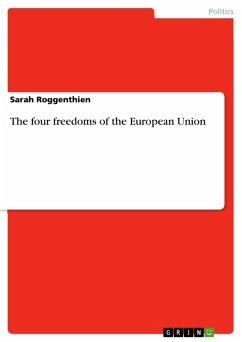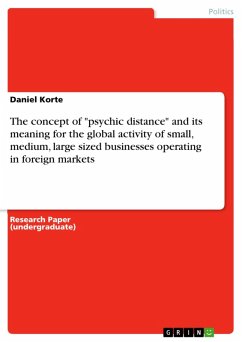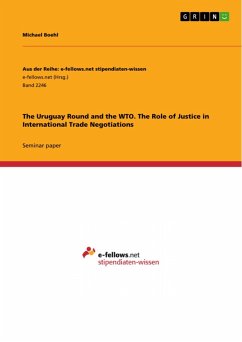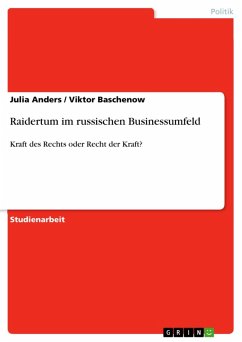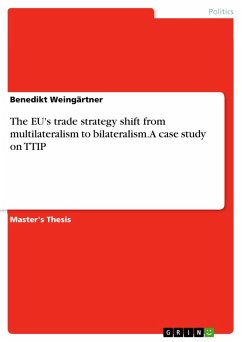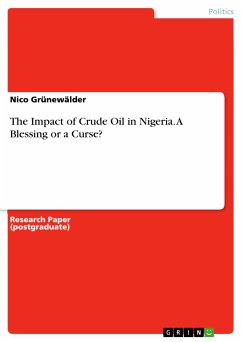Document from the year 2014 in the subject Politics - Topic: European Union, grade: 2,0, , language: English, abstract: In 1992 the European Union established a huge European Single Market, which includes its 28 Member States as well as Liechtenstein, Iceland, Norway and Switzerland. It contains four freedoms that guarantee free movements of goods, services, capital and people. With a possession of 4.325 Mio. km² and 493 Mio. citizens it is one of the biggest internal markets on earth. Due to the omitted border formalities people are free to choose their place of residence, university and work place. But also the increasing quantity of goods followed by much more competition on the market in the EU leads to a price advantage for the consumers and therefore to a competitive position on the international market. Furthermore, the European Union framed some rules and additives to regulate the domestic market, like the implementation of a single currency in year 2001. In addition particular minimum standards, common standards for the environment, energy political measures, arrangements for consumer protection, a common transport policy, research funding as well as a solidary contribution for less developed Member States exist or are in process in the new regions which now belong to the EU. But there is still plenty of room for improvement with regard to the implementation of these regulations. Actually critics suppose that the transformation of normal markets in different countries into an internal market for all countries is a dubious method with incidental negative ancillary effects with unpredictable extents for the future. On account of this, the Research Paper primarily implies an explanation of the four freedoms of the European Union's Single Market considerably. Secondly the main advantages as well as the disadvantages of the internal European trade are carved out and analysed.
Dieser Download kann aus rechtlichen Gründen nur mit Rechnungsadresse in A, B, BG, CY, CZ, D, DK, EW, E, FIN, F, GR, HR, H, IRL, I, LT, L, LR, M, NL, PL, P, R, S, SLO, SK ausgeliefert werden.

